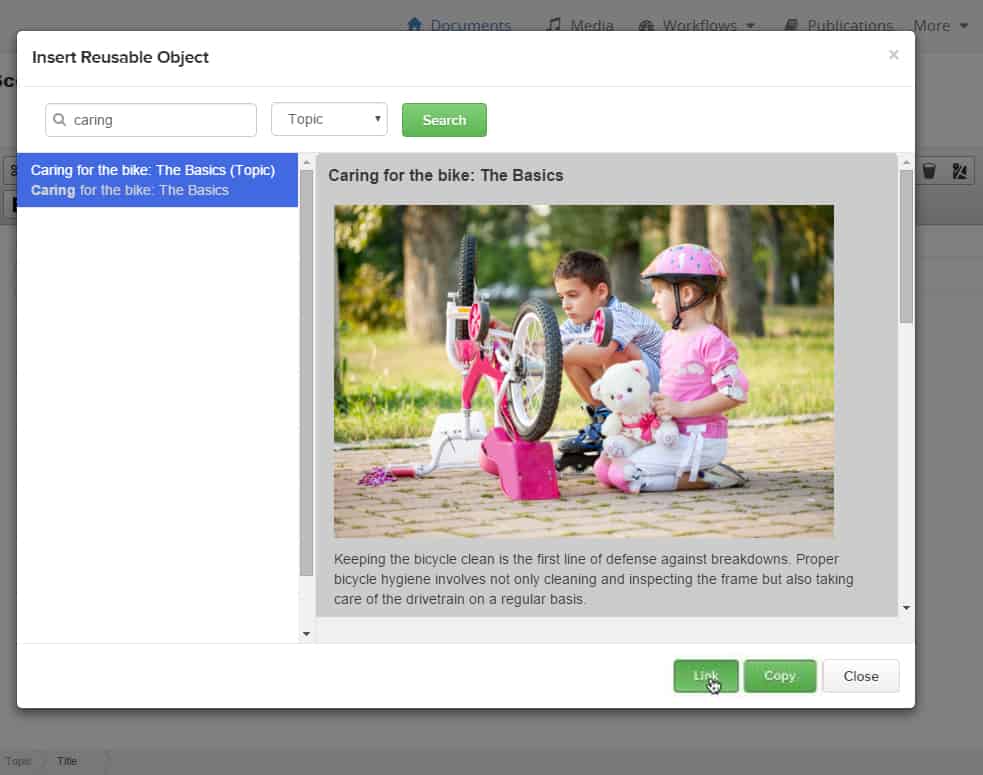Redundant content is a business issue that costs organizations significant time, money and productivity.
This blog from Stuart Grossman, VP Customer Training at Xyleme, discusses practical ways to combat this problem and reduce business risk through reuse.
Content Design
Standard instructional design approaches coupled with structured writing practices go a long way toward creating flexible, reusable learning content. Think of these practices as a method to create good �core� content that can simultaneously meet its original instructional/informational objectives, as well as being able to adapt to new instructional/informational contexts.
Design principles and writing practices guide authors in a process that creates content that, for the most part, can stand on its own. However, even when we follow a principled approach, we can never tell where an object we create may be used in the future. One size doesn�t fit all situations. The content we create must work in its original context, but also be adapted to new contexts without compromising its original application. In designing training content for reuse, there are several approaches to achieving this goal. We will start with talking about one of those today.
To illustrate the case, let�s take an example from one of our clients who operate multiple retail brands globally. Some procedures such as customer service handling are applicable across brands. For example, if you are tasked with creating a customer service procedure for greeting customers, you may find there is an existing procedure originally authored for another brand that has 90% of what you need and 10% of what you don�t.� For the example, let�s say 3 of the 4 steps work, but the introductions, examples and summary don�t. What to do?
Reuse Approach
The most straight-forward approach is to build a new object, and reuse the parts that you can from existing sources and create the additional content needed for your application. In our scenario, we would create a new Procedure, create a new introduction, link the 3 steps from the original and create new examples.

In this approach, we created a derivative of the original that shares content with the original task.� This approach works and is easy to understand, but now we have two similar objects to manage.� In any event, having the links between the objects reduces alot of the maintenance burden.
Xyleme�s content platform allows you to easily search and link content into your new derivative or assembly, reducing redundant content.

In the next blog post, we will look at an approach for managing derivative content in the same dynamic assembly. Stay Tuned!
If you would like to learn more about Xyleme, please contact us today!




